Introduction to Kennel Training
Kennel training is an invaluable skill for both dogs and their owners. While some dogs may never love the kennel, the goal is to help them accept it as a safe space. This can be essential, especially when leaving a young puppy at home and ensuring they don't damage property or harm themselves. Over time, as dogs mature and learn boundaries, the kennel may become less necessary.
However, many people face challenges when introducing their dogs to the kennel. A common misconception is that you can simply place a puppy inside, close the door, and expect them to adapt without resistance. This approach often leads to frustration and behavioral issues, including aggression around the kennel. Let’s explore a systematic and stress-free way to make kennel training a positive experience for both you and your dog.
Common Missteps in Kennel Training
When puppies are small and easy to manage, many owners pick them up, place them in the kennel, close the door, and leave. While this may seem effective initially, problems often arise as the puppy grows and becomes less willing to cooperate. These issues can escalate to the point where some dogs resist entering the kennel altogether, leading owners to struggle or even force them in.
This negative association can cause stress for the dog and frustration for the owner. Instead of continuing with these methods, it’s crucial to shift the focus to teaching the dog to enter the kennel voluntarily.
The Kennel Game: Creating Positive Associations
Start by making the kennel a fun and rewarding space.
Sit on the ground near the kennel with a handful of treats or your dog’s kibble. Here’s how to play the kennel game:
- Throw a Treat Inside: Gently toss a treat into the kennel. Allow your dog to step inside to retrieve it and then come right back out.
- Repeat the Process: Continue this game, ensuring that the kennel door remains open at all times. The goal is to create a pattern where your dog associates the kennel with positive experiences.
- Short Sessions: Keep these sessions brief—just 5 to 10 minutes at a time. Repeat throughout the day.
- Start the door closes as you work through your 5-10 minute sessions if the dog is going in readily.
For puppies or newly adopted rescues, early kennel training can set the stage for long-term success. Incorporate the kennel into games and activities to make it a positive space. For example:
- Hidden Treats: Occasionally leave a surprise treat in the kennel for the dog to discover. This creates a sense of anticipation and excitement around the kennel.
- Frequent Entries and Exits: Encourage your dog to go in and out of the kennel voluntarily. Avoid forcing them in, as this can create negative associations.
This consistent effort in the early stages of training pays off over time, making the kennel a safe and comfortable space for your dog.
Once your dog begins entering the kennel readily for treats, introduce the concept of closing the door:
- Close the Door Briefly: With your dog inside, close the door momentarily and then reopen it. Reward them with a treat and let them out immediately.
- Avoid Locking the Door: At this stage, you are not locking them in; instead, you are helping them get used to the motion and sound of the door closing.
- Once they are accepting the door closing, you will hold the door closed and wait for calmness before you let them out. You may have to wait for a minute for them to calm. Do not let them out until they are calm.
- Once they calm quickly you will start to lock it and have them spend time in the kennel with the door closed. Do not open until they are calm and not crying.
- Once they are calming quickly when you are holding the door, we will lock the kennel and let them spend sometime in the kennel.
- If they are struggling with the kennel door being closed, you will move onto the next step.
Adjusting to Individual Needs
Every dog is different. While some may adapt quickly to the kennel, others may require more patience and effort. If your dog struggles significantly, adapt your approach to meet their needs. For example:
- For Extreme Anxiety: Focus on shorter, more frequent training sessions. Avoid leaving the dog alone in the kennel for long periods until they show signs of comfort.
- Breeder Support: Dogs from breeders who have started kennel training may transition more easily, but individual temperaments still play a role.
Supporting Dogs Who Struggle
Some dogs, particularly puppies, may have more difficulty adjusting to kennel training. These dogs may circle, cry, or show signs of stress when placed inside. Here’s how to support them:
- Stay Close: Sit on the ground near the kennel to provide comfort and reassurance.
- Use a Calming Command: Introduce a word like “settle” or “shh” to encourage calm behavior. Reward your dog with a treat the moment they show signs of relaxing, or I like to start letting them out when they show calmness.
- Patience and Repetition: Spend time reinforcing calmness in the kennel. As your dog learns to associate the kennel with positive reinforcement, their anxiety will gradually decrease.
Building Comfort and Confidence
For dogs with separation anxiety or high stress levels, take small steps to help them build confidence:
- Remain Visible at First: Begin by staying in the same room as the kennel, even sitting nearby, while your dog is inside.
- Practice Leaving Briefly: Once your dog is comfortable, walk out of sight for a few moments before returning. Avoid making a big deal out of your departures or arrivals.
- Reinforce Calm Behavior: Reward your dog when they remain calm during these short separations.
By following this progression, your dog will learn that the kennel is a safe and peaceful space, even when you are not immediately present.
The next steps in kennel training will involve increasing your dog’s comfort with longer durations inside the kennel and preparing them for real-world scenarios where they need to stay calm and relaxed. Stay tuned for the continuation of this guide!
Kennel Training for Calm and Confidence: Advanced Techniques
Building Calm in the Kennel
One of the key aspects of kennel training is fostering a sense of calm in your dog. The goal is to associate the kennel with relaxation, not stress or agitation. For dogs that struggle with being in the kennel, even brief moments of calm should be rewarded to reinforce the desired behavior. For instance, if your dog lies down or shows stillness, acknowledge it with praise or a small treat. This reinforces the idea that calmness leads to positive outcomes.
For puppies or less stressed dogs, you may not need to provide rewards as frequently. Instead, your presence and consistent support can be enough. By sitting near the kennel and waiting for moments of calm, you can gradually extend the duration your dog can stay calm in the kennel.
Addressing Separation Anxiety and Leaving the Room
Some dogs are calm in their kennel when you’re nearby but become distressed as soon as you leave. A structured approach to desensitization can help:
- Short Departures: Begin by leaving the room for just a few seconds and returning. Do this without acknowledging the dog, whether they're calm or agitated. Repeat this process multiple times.
- Calm Reinforcement: If the dog remains calm after a few repetitions, consider rewarding them with a treat when you return. This helps associate your departure and return with calm behavior.
- Gradual Progression: Slowly increase the time you’re out of the room as the dog becomes more comfortable. Consistency is crucial. Continue to ignore barking or whining, and only reward moments of quiet or relaxation.
This method also works for dogs with mild separation anxiety. By mimicking everyday actions, such as walking in and out of the room while ignoring the dog, you teach them that your comings and goings are normal and non-eventful.
Calm Exits
When it’s time to let your dog out of the kennel, maintaining calmness is essential. If you immediately open the kennel while your dog is excited or frantic, you risk undoing your progress. Here’s the process:
- Wait for Calm: Approach the kennel and wait for the dog to settle before opening the door. If they’re spinning or barking, hold the door closed and wait.
- Gradual Release: Open the door slightly. If the dog attempts to rush out, close it again. Repeat this until they remain calm with the door open.
- Reinforce Calmness: Once the dog is calm, use a release command to signal they can come out. Avoid using treats during this process to keep the focus on behavior rather than food.
This practice teaches the dog that calm behavior leads to freedom, while excitement or agitation results in waiting
Why Kennel Training Matters
Even if you don’t plan to use a kennel daily, introducing your dog to one can be beneficial. In situations like vet visits, grooming, or travel, a dog familiar with the kennel will experience less stress. Early and consistent training ensures that the kennel is a safe and familiar space, rather than a source of fear or frustration.
Want some 1:1 Help with your puppy or adult dog and kennel training? Book a Private Consult



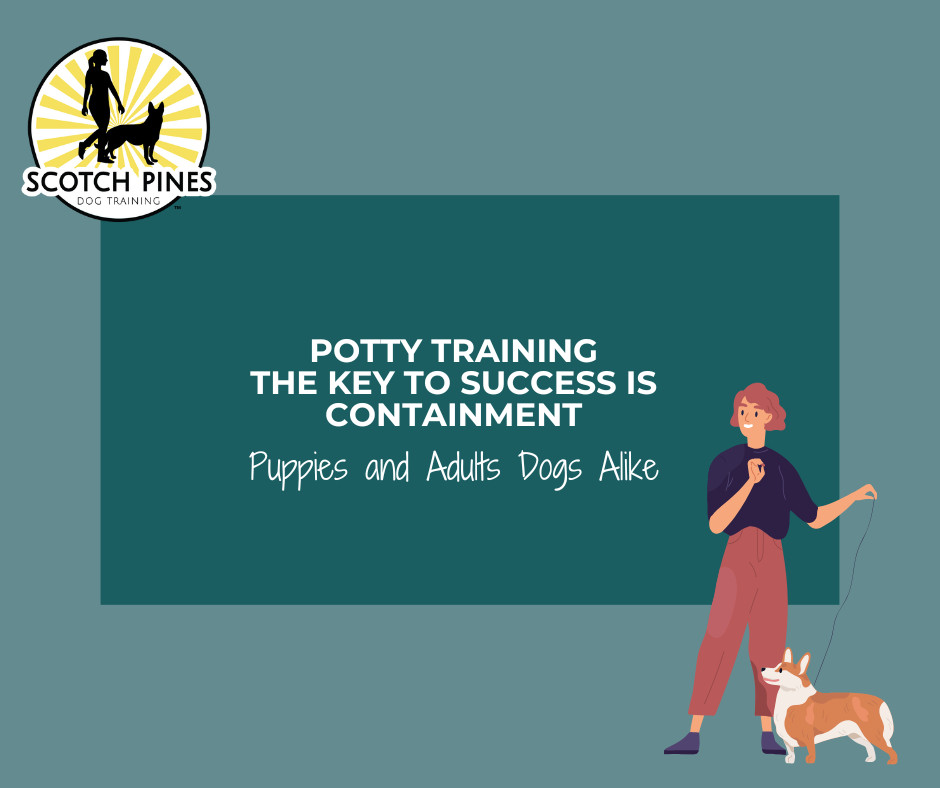
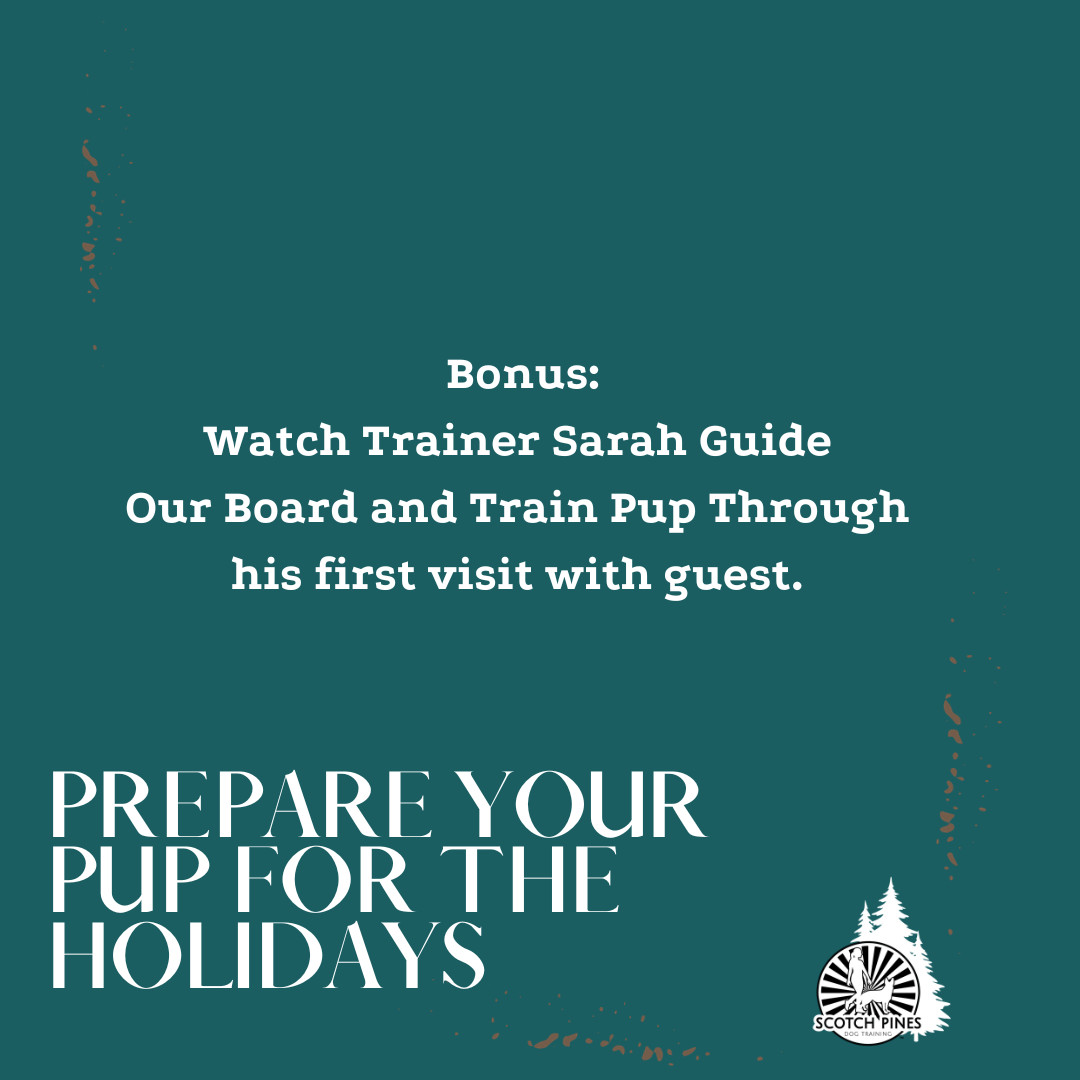


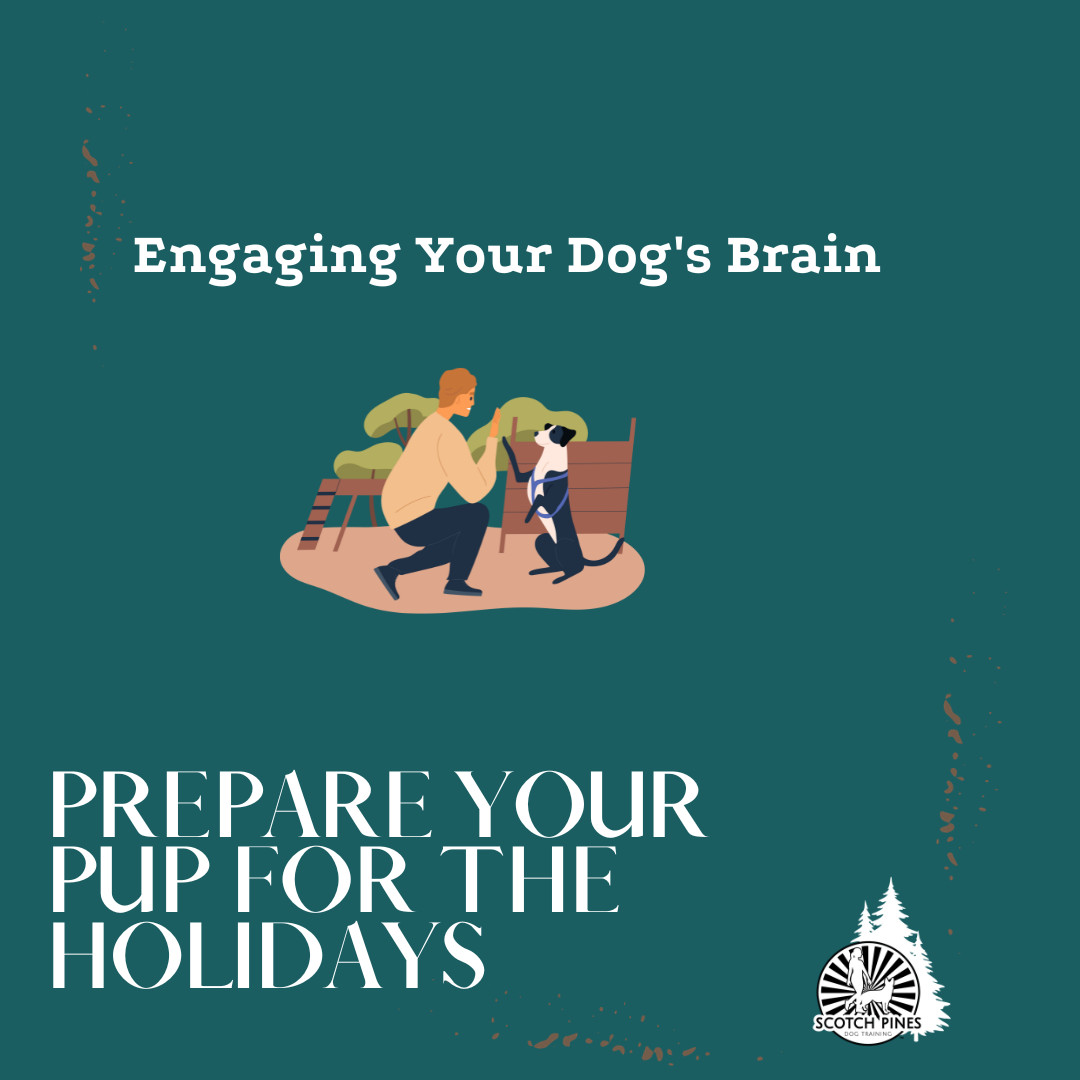


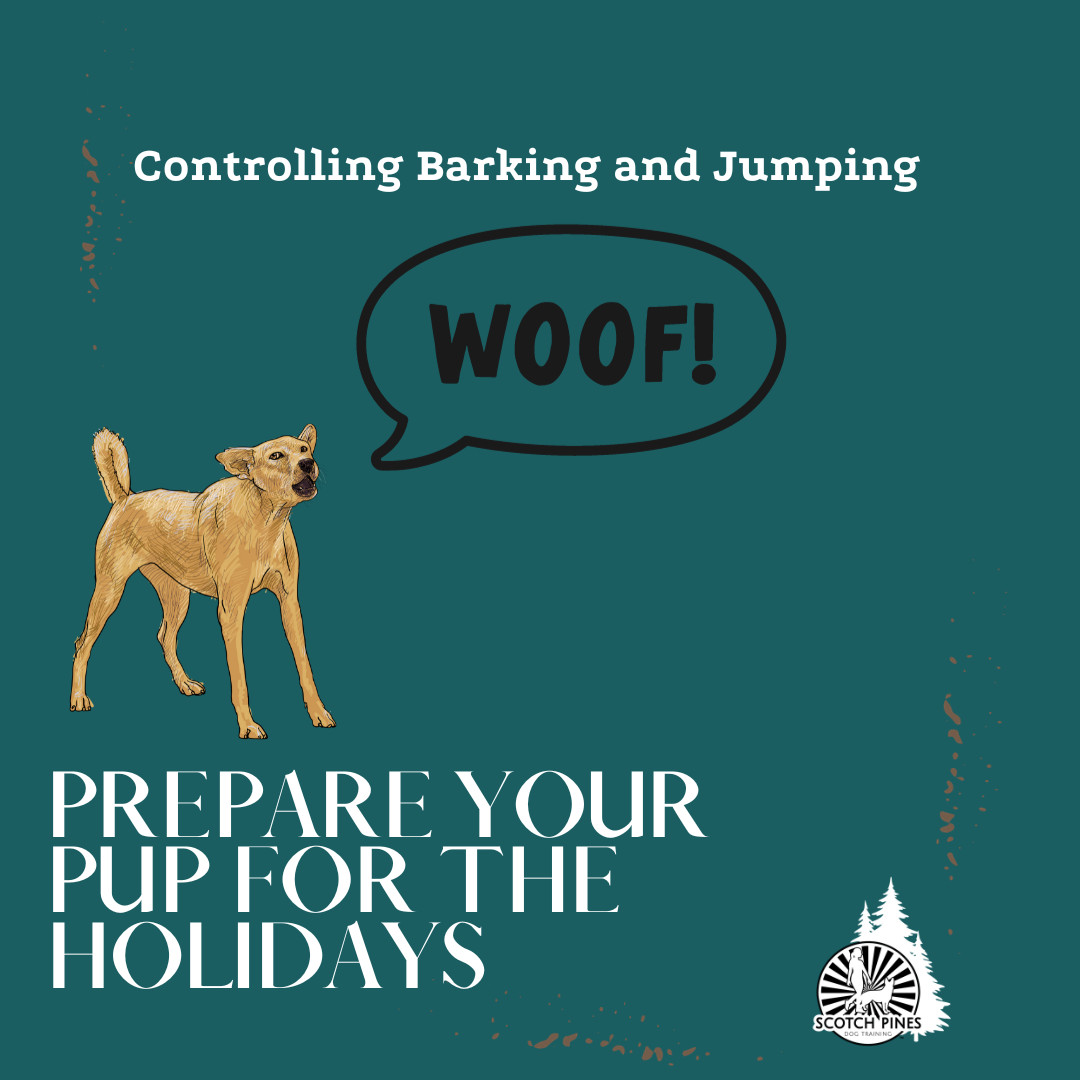
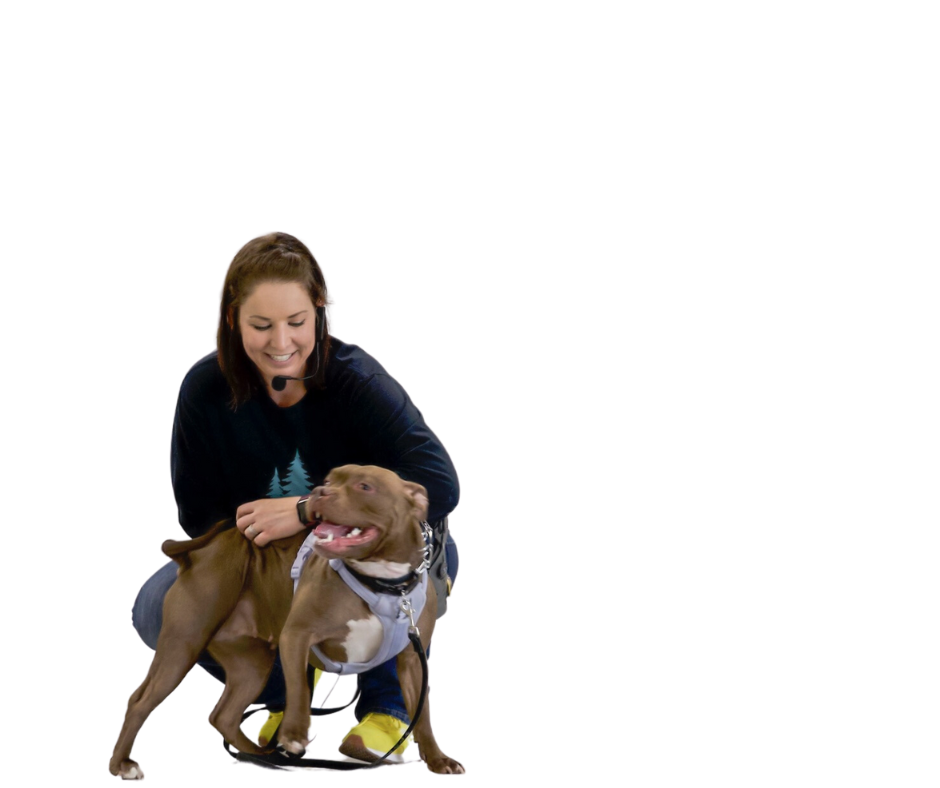
0 Comments